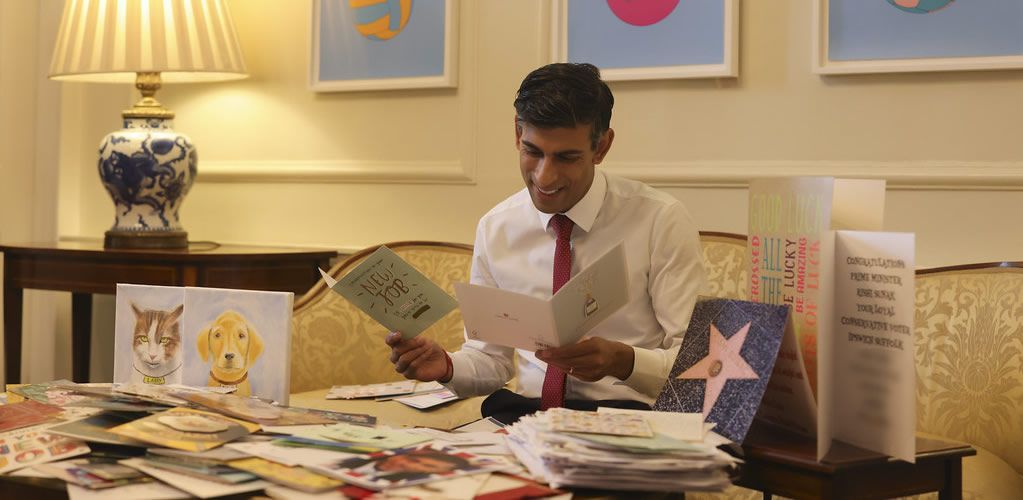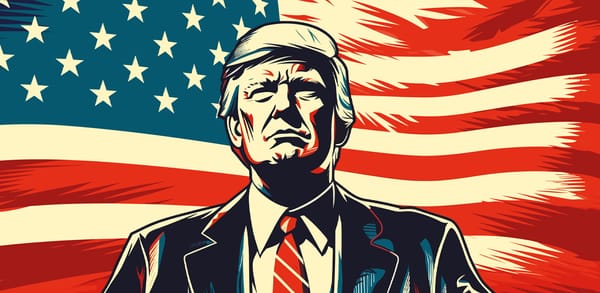Winter of discontent: How similar is today’s situation?
With everyone from rail workers to civil servants going on strike over the winter, it’s hard to see this ending well. To say the least, Rishi Sunak’s government is in a very difficult position.

With everyone from rail workers to civil servants going on strike over the winter, it’s hard to see this ending well. To say the least, Rishi Sunak’s government is in a very difficult position.
First published: Dec 2022.
T he UK government is battening down the hatches for a wave of strikes in December and January. Railway workers, nurses, ambulance workers, civil servants and postal staff are all set to take industrial action in the coming weeks in protest at wages not keeping up with inflation, with teachers’ and firefighters’ unions also balloting their members.
Prime Minister Rishi Sunak has put close ally Oliver Dowden in charge of a new task force to coordinate the government’s response to so many groups of workers. With rail staff, university lecturers, postal workers and criminal barristers having already taken to the picket lines, the government is trying to avoid another winter of discontent.
Jim Callaghan’s Labour administration never recovered from the crisis of winter 1978-79. He lost the general election a few months later and his party spent 18 years in opposition.
So how similar is the current situation to that debacle, and what are the government’s chances of preventing history repeating itself?
The social contract
Like today, the UK was facing an energy supply crisis and high inflation when Labour came to power in the mid-1970s. It responded with an IMF loan, public spending cuts and a “social contract”, where the trade unions restrained wage demands in return for policies like rent freezes and food subsidies.
This kept pay rises minimal until 1978, helping to reduce inflation from over 20% to around 8%-10% by the time Labour left office. However, workers got poorer as a result: wages fell 13% in real terms (meaning relative to prices) between 1975 and 1980.
Likewise in recent months, many workers have been offered deals in the region of 3% to 5% – far short of today’s 11% annual inflation. Workers in sectors taking industrial action have seen real wages reduced by 3% in both the second and third quarters.
In 1978, when Callaghan tried to cap wage increases at 5% for the year ahead, the trade unions had had enough. The Trades Union Congress (TUC) publicly opposed the cap that July.

James Callaghan, then-British Secretary of State for Foreign and Commonwealth Affairs (left) and Max van der Stoel, Dutch Minister for Foreign Affairs (right). | CREDIT: WIKIMEDIA/© EUROPEAN COMMUNITIES, 1975 (Licensed under CC-BY-4.0)
The cap was then tested by Ford workers at the Halewood plant near Liverpool in the September. Backed by the Transport and General Workers Union, they took part in eight weeks of industrial action to force a better deal. The car manufacturer eventually gave them 17%.
The government tried to sanction Ford, but in December the Conservatives successfully passed a parliamentary motion revoking the move. Though the government narrowly survived a vote of no confidence, it abandoned the cap.
This was the moment the flood gates opened. Between November 1978 and February 1979, during a freezing cold winter, 4.6 million workers went on strike including in rail, water, bakeries, haulage, nursing, ambulances, grave digging and refuse collection.

The Conservatives piled misery on the Labour administration with this famous ad campaign.
CREDIT: FLICKR/GED CARROLL
Labour wasn’t working
The government endured humiliation after humiliation. In response to industrial action by oil tanker drivers, it threatened to mobilise the army to keep tankers moving. Yet drivers still eventually got a 15% pay rise.
Road haulage workers went one better, declining a 15% pay increase to secure 20% after a protracted strike. On seeing these private sector successes, public sector workers upped the ante. On January 22, a national “day of action” saw 1.5 million of them walk out.
Throughout this period, Margaret Thatcher’s Conservatives criticised the strikes while also refusing to support the government’s pay cap. In March, Thatcher managed to persuade a majority of MPs to vote no confidence in Callaghan’s government. After winning power, she later limited trade union activities, taking advantage of the fact that 84% of people thought they had grown too powerful.
The present day
The 2022 Conservatives face the same mix of widespread strikes, high inflation and falling popularity that Labour faced in 1978. They also have the additional difficulty of a recession, making it even harder to resolve wage disputes.
Labour also faces an additional complication in its historic links with the trade unions. To reassure the public that he is not in their pockets, party leader Keir Starmer banned his shadow cabinet from visiting picket lines in the summer, despite pledging to work “shoulder to shoulder with trade unions” during his 2020 leadership campaign.
He then sacked a junior minister, Sam Tarry, in July for disobeying the rules. Yet senior party figures have since challenged the policy and got away with it. Starmer clearly has to tread an awkward line between appealing to his rank and file and appealing to the country.
Over the winter, Starmer’s approach is likely to be informed by public opinion. One critical feature of the winter of discontent was the trade unions overplaying their hand and ultimately losing the support of the public.
So far in 2022, the public have been torn. A YouGov poll in June suggested they supported doctors, nurses, firefighters and teachers potentially taking action, but opposed strikes by bus drivers, university staff, civil servants and barristers.
More recently the public have sympathised with public-sector workers receiving below-inflation pay offers, particularly within the NHS. Postal workers have also recently enjoyed strong support, though rail workers have not.
In an echo of Ford’s 17% settlement in 1978, the unions will be looking at recent wage agreements for criminal barristers (15%) and BT (up to 16%) as potential benchmarks. Public sector workers – having largely staffed Britain’s pandemic response – look unlikely to settle for sub-inflation wage increases given their overwhelming support for action in recent strike ballots. Equally, however, I question whether the government will be able to offer such deals given the state of the country’s finances.
It’s therefore difficult to see this resolving easily. The government’s new task force looks unlikely to solve the problem: it’s only trying to mitigate the impact of industrial action, rather than negotiating better deals.
Faced with dismal polling ratings, Rishi Sunak is facing a crisis with numerous parallels to the winter of discontent. As the next wave of strikes gets underway, it seems a near insurmountable task to avoid a repeat of the 1978/79 unrest. To say the least, the government is in a very difficult position.


|

|

|
— AUTHOR —

|
▫ Dr Christopher Massey, Principal Lecturer (Programmes) - Humanities and Social Sciences, Teesside University. |
Sources
- Text: This piece was originally published in The Conversation and re-published in PMP Magazine on 3 December 2022. | The author writes in a personal capacity.
- Cover: Flickr/Number 10. - Rishi Sunak. (Licensed under a Creative Commons Attribution-ShareAlike 4.0 International License.)






[Read our Comments Guidelines]